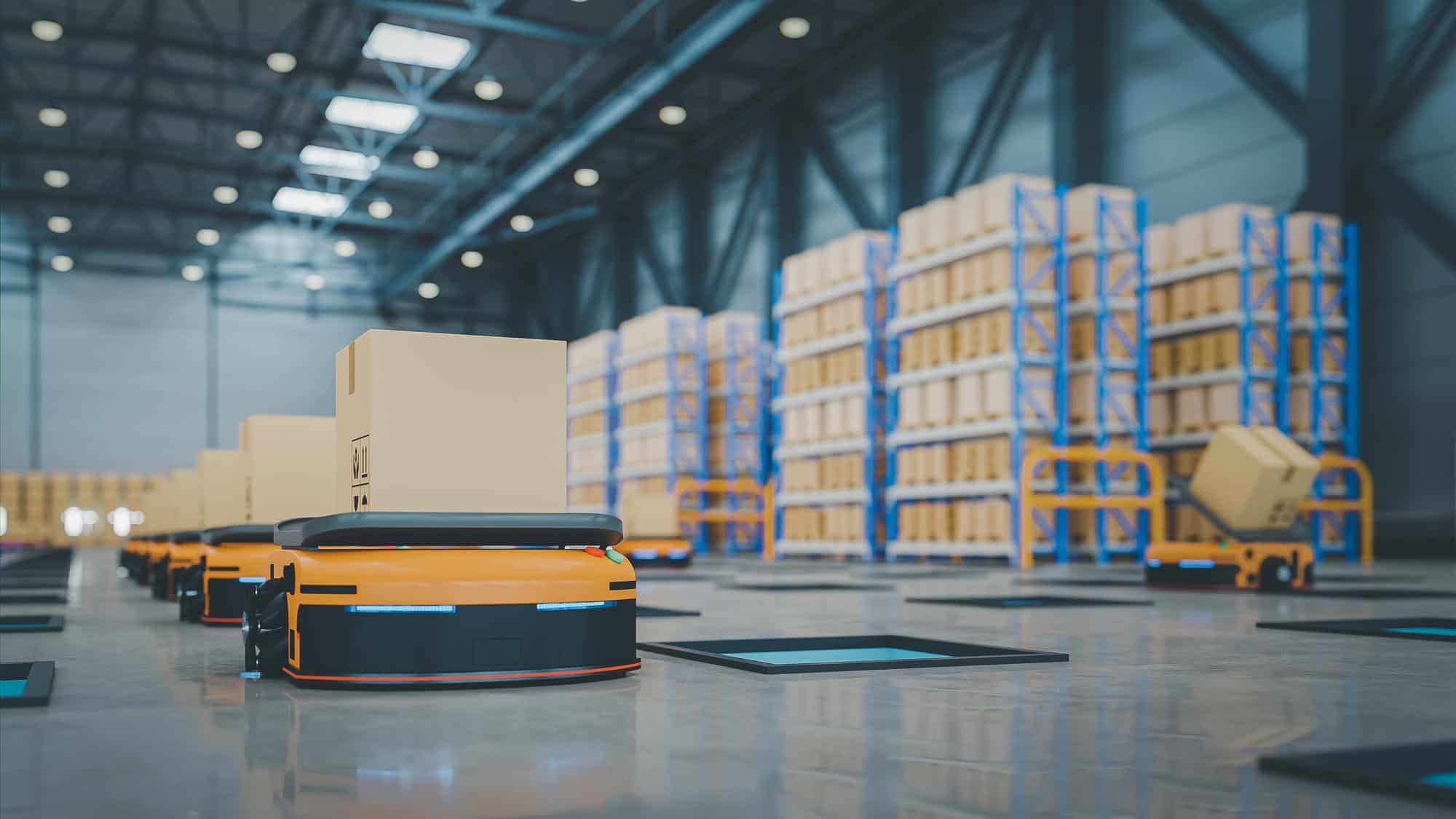Amazon’s Storage Fees can hit sellers who are caught unaware.
Having strong inventory management and knowledge of storage fees can save you thousands of dollars per month in unnecessary fees that would have otherwise been deposited directly into your account.
In this post, we’re going to go over the most important things you need to know about Amazon Storage fees so you don’t get caught off guard by hefty charges.
Keep Inventory for 30-90 Days in Amazon’s Warehouses
If you want to make sure you’re never getting charged more than you should for storing your products in Amazon, keep the time a product is spent there under 90 days.
You can aim for tighter windows like 60 days or even 30 days to minimize storage fees, but then you are risking the time for products to be put in stock from when they are sent from your 3PL warehouse to Amazon.
If you misjudge the time it takes to go from product prep to in-stock on Amazon, you could risk your products going out of stock and losing sales and organic positioning for your products.
90 days creates a nice buffer that will help you keep storage fees low but also keep the risk of having a stock-out for any one particular product low as well.
Depending on how long it typically takes for your products to leave the warehouse and get to Amazon’s warehouse can alter how much you send to Amazon.
Be aware of things like seasonality as that will greatly affect how long it takes from product pickup to delivery at an FBA warehouse to being fully in stock and able to be purchased by customers.
Be careful with the Holiday Season
Amazon charges more for storage fees.
A lot more.
If you look at Amazon’s Fulfillment Fees sheet, you can check their normal storage fee vs holiday season fee:

A jump from $0.83 per cubic foot up to a crazy $2.40 per cubic foot during the Holiday season.
What does that mean for you?
It means don’t keep a single cubic foot of product more than you need on Amazon, or else your profits will be eaten alive.
A tip that might be out of your control here is to try and sell products that don’t have strong seasonality in the last 3 months of the year.
That means if you’re still planning out an Amazon business, it might be best to stick to products that don’t really make for a great Christmas gift.
Clear Out Unfulfillable, Stranded, and Returned Inventory
If you have any inventory at an Amazon warehouse that can’t be sold to customers, that means it is sitting in their warehouse, unfulfillable, and you’re being charged for it!
This is the type of inventory that can easily cross the 1-year mark and start receiving Amazon’s absurd > 1-year storage fees.
Look over your inventory now and then, see if any inventory is deemed unfulfillable, and either have it disposed of by Amazon or get it sent to you in some way.
There are a lot of reasons that products can be considered unfulfillable, so don’t think that even if you do a good job packing and shipping out your products to Amazon that it will never happen.
Make Sure Amazon is Correctly Categorizing Your Products
Amazon occasionally checks the dimensions and weight of your products to determine how much to charge you for fulfillment and storage.
However, a lot of the time they will get this wrong, and sellers are often charged more than they should be to fulfill and store some of their products.
You might think the sum wouldn’t be much, but for a popular product, this can result in thousands of dollars of lost profits.
Luckily, Amazon has a nearly automated way to fix this problem.
Amazon allows sellers 20 re-measurements of a product during any given month.
That means they will take your product, measure the dimensions and weight and see if it is different from what they have on file.
To do this, simply go to the Help Hub on Amazon, and in the box type in “Remeasure FBA product” and it will give you directions on how to submit the ASIN you wish to have remeasured.
If it turns out you were right and they incorrectly weighed and measured your product, Amazon will give you the money you should have made since the error was incurred directly to your account.
Conclusion
With these 4 tips, you can save potentially thousands of dollars that translate into cash in your account without the need to boost advertising, sell more products, or anything like that, just simple efficient running of your Amazon account.
Making little optimizations through your logistics is one of the best ways to stay profitable, and can even be a competitive advantage because so many other sellers let little fees pile up, hurting their profitability and lowering their ability to be more flexible with pricing.
Everything you do can be an advantage on Amazon, so make sure you’re doing all you can to keep your storage fees as low as possible.
Not to mention Amazon likes inventory with quick turnover, and your bottom line does, too.



